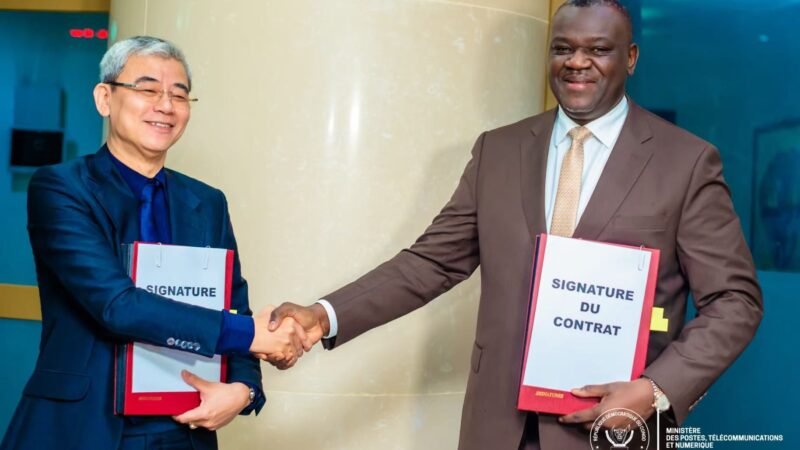ITU urges utilization of 700 MHz frequency to help bridge the digital divide
The ITU believes that using the 694-790 MHz frequency for mobile broadband will go a long way in enabling the bridging of the digital divide worldwide, and will benefit handsets, supply chain, roaming, rural coverage, and other aspects of mobile communications.
The United Nations agency specialized agency for information and communication technologies formally moved to allocate the 700 MHz band to the global mobile industry at the 2015 World Radiocommunication Conference (WRC-15) last November.
“The WRC-15 decision represents a landmark in the development of broadband mobile on a worldwide scale, regardless of location, network or terminal used,” said ITU Secretary-General Houlin Zhao. The ITU decision will pave the way for manufacturers and mobile operators to offer mobile broadband at affordable prices in currently underserved areas.
The 700 MHz spectrum has been a contentious issue in the Philippines of late, as local telecommunications firms are all pushing for a share of the frequency. San Miguel Corporation currently holds 90 percent of the 700 MHz spectrum across the country, but both the Philippine Long Distance Telephone Company (PLDT) and Globe Telecom are urging that the National Telecommunication Commission (NTC) to distribute the spectrum evenly among industry players.
PLDT head of Regulatory Affairs Ray Espinosa recently said that the company would lobby directly with President Aquino on the issue, and that its external legal team was preparing to launch legal action against the NTC, San Miguel and any of its partners unless the spectrum was shared.
Globe General Legal Counsel Atty. Froilan Castelo on the other hand, said that giving active and operating telecommunications companies access to the 700 MHz spectrum will allow the industry to provide broadband and data services at faster speeds and in a more cost-efficient manner.
Castelo said that as early as 2005, Globe already wrote to the National Telecommunications Commission (NTC) requesting for an allocation and assignment of frequencies within the 700 Mhz and 800 Mhz bands for its broadband wireless network, but NTC did not act favorably on its request.
The ITU’s move on the 700 MHz spectrum is supported by the joined by the GSMA, which said that maximizing on the unused 700 megahertz (MHz) mobile frequency spectrum can potentially increase the impact of a country’s gross domestic product (GDP) by tenfold.
The group’s Mobile Economy Asia study also found that the full use of the spectrum has the potential to create an additional 2.1 million jobs for the Asia-Pacific region by 2020.
The London-based GSMA is an association of nearly 800 operators and more than 250 companies in the broader mobile ecosystem, including handset and device makers, software companies, equipment providers and Internet companies, as well as organizations in adjacent industry sectors.
- Kaspersky Lab helps uncover vulnerabilities on gas stations by hackers - February 12, 2018
- 26-percent of Ransomware Attacks now target business - November 30, 2017
- The Battle is on to Fight Human Immunodeficiency Virus (HIV) - November 27, 2017



